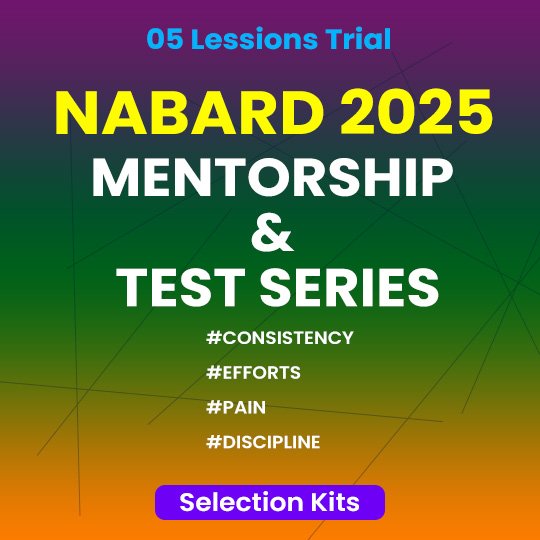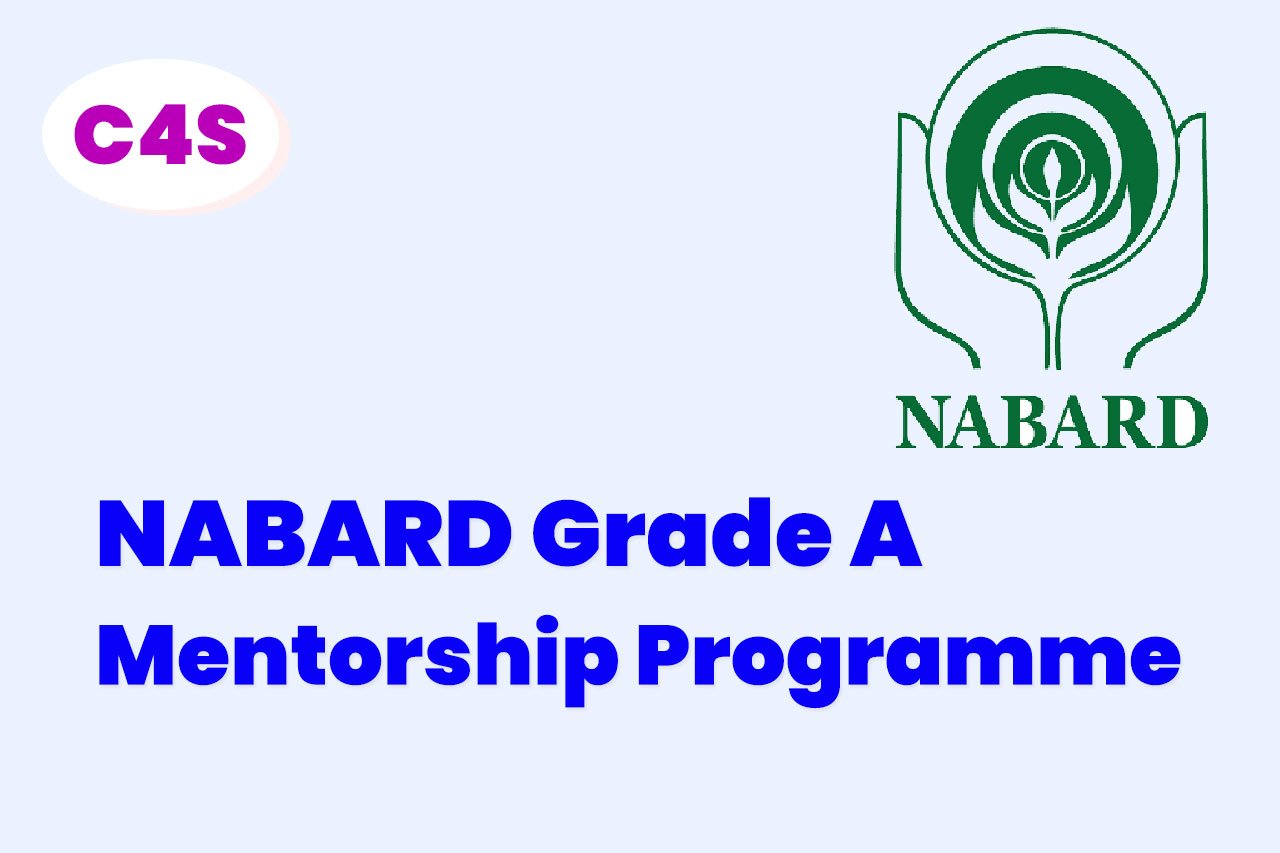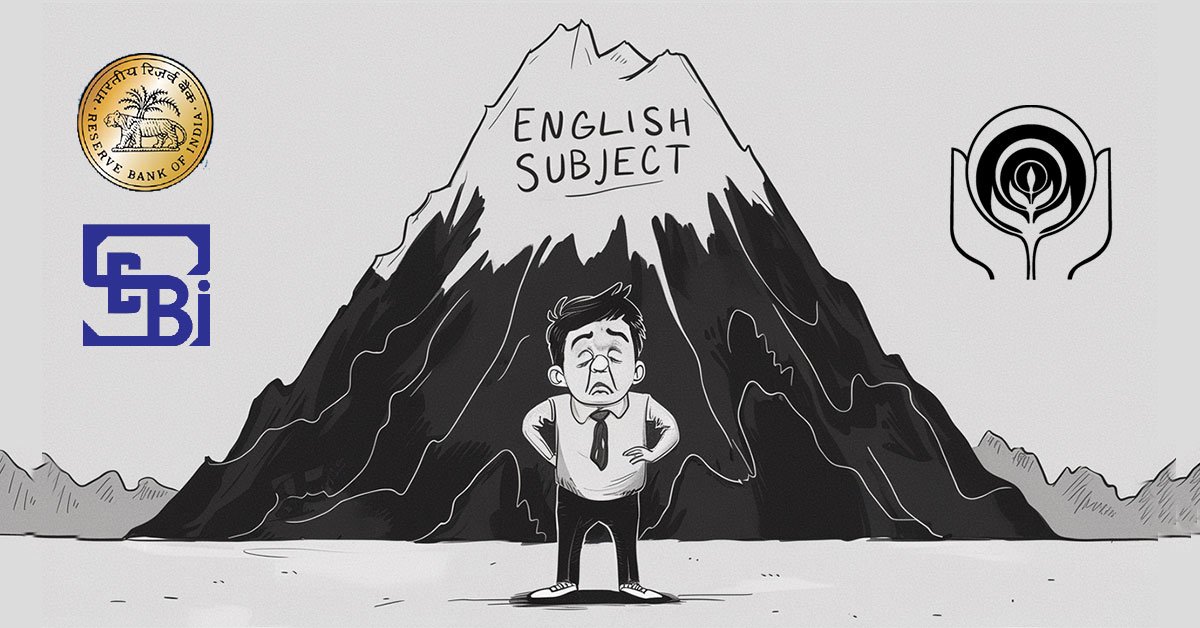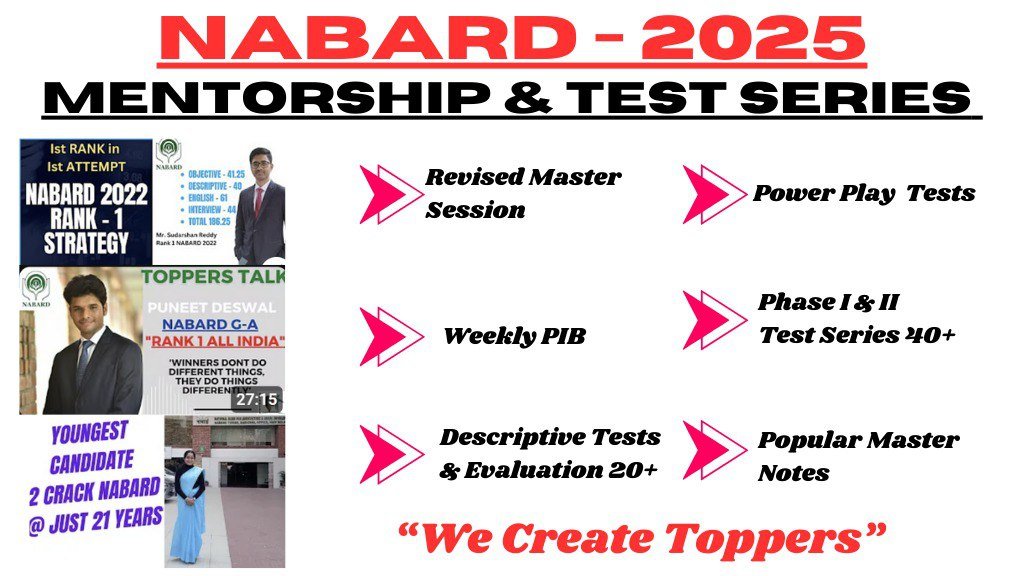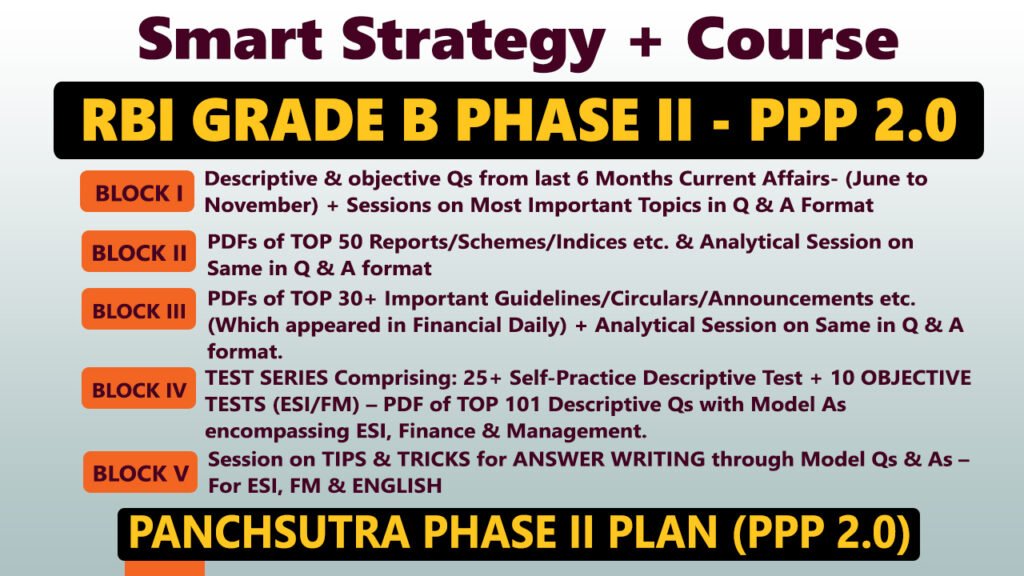Daily Current Affairs Quiz
7 January, 2025
International Affairs
1. China To Build World’s Largest Dam on the Brahmaputra
Context:
China said that the Dam project has gone through rigorous scientific verification and will not have any negative impact on downstream countries — India and Bangladesh.
Key Highlights:
- China has established and estimates worth $137 billion the construction on the Brahmaputra River in Tibet of world’s largest dam.
- Location
- Great Bend region of the Medog county in the Tibetan Autonomous Region (TAR) in China.
- This Brahmaputra Dam is encompassed in the 14th Five-Year Plan (2021-2025) of China, as well as National Economic and Social Development and the Long-Range Objectives Through the Year 2035.
India’s Plan on Brahmaputra River:
Govt Plans India’s Second-Largest Dam On Brahmaputra at Yingkiong In Arunachal Pradesh, To Counter China’s River Diversion Plans
- Budget Estimate
- Estimated to cost Rs 50,000 crore
The Brahmaputra
The Brahmaputra, a trans-boundary river which flows through Southwestern China, Northeastern India, and Bangladesh. It is the 9th largest river by discharge and 15th longest, also known as Luit in Assamese, Yarlung Tsangpo in Tibetan, Siang/Dihang River in Arunachali.
National Affairs
1. The Human Metapneumovirus (HMPV)
Context:
The Human Metapneumovirus (HMPV) has been in circulation globally, Health Ministry said “The virus occurrence in India is not new’’.
H1B Visa
2. The International Maritime Boundary Line (IMBL)
In a mutual exchange between India and Bangladesh amid strained bilateral relations, the Indian Coast Guard (ICG) handed over 90 Bangladeshi fishermen for 95 Indian fishermen at the International Maritime Boundary Line.
The International Maritime Boundary Line (IMBL)
The International Maritime Boundary Line (IMBL) is a conceptual division of the Earth’s water surface that defines the international border at sea:
- Purpose
- IMBLs are established with the aim to define each country’s maritime zones, including territorial waters and exclusive economic zones (EEZs). In order to prevent conflicts over maritime jurisdiction.
- It is usually bounds areas of exclusive national rights over mineral and biological resources, encompassing maritime features, limits, and zones.
- How they are determined
- IMBLs are usually defined by the equidistance principle, which says that a nation’s marine boundary should be equidistant from the coastal areas of neighboring countries.
- How they are measured
- The United Nations Convention on the Law of the Sea (UNCLOS) measures maritime boundaries.
- What it Doesn’t Include?
- The terminology doesn’t include lakes or rivers boundaries, assumed to be inside the land borders.
- Examples
- The 1974 Maritime boundary agreement delineated the India-Sri Lanka IMBL in the Palk Strait.
India-Bangladesh Maritime Boundary
- Location
- The boundary is defined by a line that connects three points: LBT, Point 2, and Point 3.
- Establishment
- The Permanent Court of Arbitration established the boundary in 2014 after decades of disputes and failed negotiations.
- Land Border
- India and Bangladesh also share a land border. The total length of the border is 4,096 km, with parts of the border running through West Bengal, Assam, Meghalaya, Tripura, and Mizoram.
3. Ayushman Bharat-Pradhan Mantri Jan Arogya Yojana
Context:
Uttar Pradesh has achieved the highest number of hospital registrations in the country under the Ayushman Bharat-Pradhan Mantri Jan Arogya Yojana, both at government and private hospitals, Deputy Chief Minister Brajesh Pathak said.
Ayushman Bharat-Pradhan Mantri Jan Arogya Yojana
4. Makaravilakku Festival
Why In News?
To prevent overcrowding of devotees during the Makaravilakku festival at the Sabarimala Ayyappa temple, the police have requested the Travancore Devaswom Board (TDB) to completely discontinue the spot-booking facility for pilgrims on the festival day.
Makaravilakku Festival
Makaravilakku is an annual festival held on Makara Sankranti in Kerala, India at the shrine of Sabarimala. The festival includes the Thiruvabharanam (sacred ornaments of the deity Ayyappan) procession and a congregation at the hill shrine of Sabarimala.
The Sabarimala Sree Dharma Sastha Temple
The Sabarimala Sree Dharma Sastha Temple (Malayalam pronunciation: [ʃabəɾimala]) is a Hindu temple dedicated to the god Ayyappan, who is also known as Dharma Shasta.
- Location
- Sabarimala hill in the village of Ranni-Perunad, within the Ranni Taluk of the Pathanamthitta district in the state of Kerala, India.
5. Appointment Of Judges
Context:
The Constitution’s framers debated the best way to appoint judges, balancing the sovereign function of making judicial appointments with ensuring the autonomy of the courts.
Structure and Composition of the Supreme Court
- Initially, it consisted of eight judges, but currently, it comprises 34 judges.
- Eligibility
- Should be an Indian citizen, has been a judge of a High Court for five years or more, or of two or more High Courts in succession, or has been an advocate of a High Court for ten years or more or of two or more High Courts in succession.
- Must be a distinguished jurist in the opinion of the president.
- Appointment
- Judges are appointed by the President under clause (2) of Article 124 of the Constitution.
- The President consults with judges of the Supreme Court and High Courts to make informed appointments.
- Oath of Office
- Every appointed judge must make and subscribe to an oath before the President or an appointed person.
- The oath includes commitments to uphold the Constitution, sovereignty and integrity of India, and perform duties without fear or favor.
- Tenure and Resignation
- There is no fixed minimum age for the appointment of a judge.
- Judges serve till they attain 65 years of age.
- Resigned judges can be recalled to sit and function as the Supreme Court judge by the Chief Justice of India with the previous approval of the President.
- Removal
- The judges of the Supreme Court can be removed from office only through an order of the President.
- The removal of the judge requires an address by each House of Parliament, supported by a Special majority.
- A special majority is a voting method in the Indian Parliament that requires a majority of two-thirds of the members present and voting, and support from more than half of the total membership of the house.
- Collegium System for judicial appointments
- High court judges are appointed through collegium.
- The term ‘collegium’ is nowhere mentioned in the Indian Constitution. It has evolved through judicial decisions.
Impeachment of High Court Judge
Previous Year Questions
Mains
Q) Critically examine the Supreme Court’s judgment on ‘National Judicial Appointments Commission Act, 2014’ with reference to appointment of judges of higher judiciary in India. (2017)
Prelims
Q) Consider the following statements:(2019)
(1) The 44th Amendment to the Constitution of India introduced an article placing the election of the Prime Minister beyond judicial review
(2) Supreme Court of India struck down the 99th amendment to the Constitution of India as being violative of the independence of the judiciary
Which of the statements given above is/are correct?
(a) 1 only
(b) 2 only
(c) Both 1 and 2
(d) Neither 1 nor 2
6. G7
The Group of Seven (G7) is a high-profile forum for discussing and coordinating solutions to global issues, particularly trade, security, economics, and climate change.includes Canada, France, Germany, Italy, Japan, the United Kingdom, and the United States. The European Union (EU) is also a non-enumerated member.
- Foundation
- 25 March 1973
- Headquarter
- The Group of Seven (G7) does not have a permanent headquarters or office. The G7 is organized by a rotating presidency, with the presiding country hosting the summit and setting the group’s priorities.
India Relation with G7
- Invited as an Outreach Partner:
- India has been a part of 11 Outreach sessions of the G-7′s, where Prime Minister Modi attended for the fifth time.
- Major Power of the South:
- India serves among the core members of the G-20 troika, along with Brazil and South Africa.
- Prime Minister Modi’s Message:
- India’s democracy leadership, technology, AI, and climate change are the bridges to global inequality.
G20 Summit
Important Summits and Confrences of 2024
7. ISRO CROPS experiment on PSLV-C60 SpaDeX Mission
Context:
A batch of cowpea seeds which were taken into orbit by an Indian Space Research Organisation (ISRO) mission and which recently sprouted has unveiled their first leaves.
Lobia or Thattapayaru Crop Successfully Sprouted in Space: ISRO
8. Draft Digital Personal Data Protection Rules, 2025
- Rule 8(1)
- Under the draft Rules allows a Data Fiduciary to erase personal data, unless that data is required for compliance with law.
- This provision may actually delete public-facing social media accounts of deceased persons.
Draft Digital Personal Data Protection Rules, 2025
9. National Company Law Appellate Tribunal (NCLAT)
Context:
Meta Platforms moved the National Company Law Appellate Tribunal (NCLAT) challenging the Competition Commission of India (CCI) order imposing a fine of ₹ 213 crore on the tech giant for alleged abuse of its dominant position related to WhatsApp’s 2021 privacy policy.
National Company Law Appellate Tribunal (NCLAT)
This is a quasi-judicial body with its constitutions under Section 410 of the Companies Act, 2013, for hearing appeals against the orders passed by the National Company Law Tribunal(s), NCLT.
- Established
- June 1, 2016
- Aim
- It aims to expedite the resolution of corporate disputes and promote transparency and efficiency in the corporate governance and insolvency processes in India.
- Functions
- Hearing of appeal against NCLT’s, IBBI, Competition Commission of India and orders issued by the National Financial Reporting Authority.
- Has advisory jurisdiction when a legal issue is referred to it by the President of India.
- Structure
- Comprises a chairperson, judicial and technical members appointed by the Central Government.
- Disposing of Cases
- Disposes cases after hearing an appeal, confirming, changing, or setting aside the appealed order.
- Decisions can be appealed to the Supreme Court.
- Powers and Juridictions
- Has powers similar to those vested in a civil court under the Code of Civil Procedure, 1908.
- It can enforce the orders in the same manner as a court decree.
- A civil court has no jurisdiction to entertain any suit or proceeding in respect of anything authorized by the Companies Act, 2013.
10. India’s First Organic Fisheries Cluster
Context:
Govt launches the first-ever organic fisheries cluster in India in Soreng, Sikkim.
- Objective:
- The cluster will focus on promoting eco-friendly fish farming by:
- Avoiding the use of chemicals, antibiotics, and pesticides in fish feed and the overall value chain.
- Ensuring minimal environmental pollution and protecting aquatic ecosystems.
- Supporting sustainable production practices in the fisheries sector.
- The cluster will focus on promoting eco-friendly fish farming by:
- Government Involvement:
- The initiative was launched virtually by Fisheries Minister Rajiv Ranjan Singh.
- Key Goals:
- Encourage private investment in aquaculture infrastructure.
- Branding of Sikkim’s cold water fisheries, enhancing its market visibility.
- Empowerment of locals to support sustainable growth in the fisheries sector.
- Andhra Pradesh is the largest fish producing state in India
Pradhan Mantri Matsya Sampada Yojana (PMMSY)
11. Bharatpol Portal
Context:
Home minister Amit Shah will launch the Bharatpol portal to streamline the processing of requests by the country’s law enforcement agencies (LEAs) for international assistance, through Interpol, in criminal matters.
Bharatpol Portal: Advancement in Law Enforcement for India
Bharatpol portal was unveiled by Union Home Minister Amit Shah. It is a tool prepared by the CBI to help advance international police cooperation.
- Features
- It will streamline the process of making requests for international assistance in criminal investigation and facilitate information sharing in real-time between the state police and central agencies.
- It will expedite the procedure to get an aid from Interpol, which is a must in dealing with cross-border crimes like cybercrime, human trafficking, and drug trafficking
- Aim
- The portal reduces the need for traditional methods like letter and faxing and boosts coordination between different police forces
12. Trade Unions
Context:
Trade unions demand for increasing minimum EPFO pension 5 times to Rs 5,000 per month, immediate constitution of the 8th Pay Commission and higher taxes on super rich in the upcoming 2025-26 Budget.
Trade Unions
A trade union, also known as a labor union, is a group of workers who come together to protect and promote the interests and welfare of themselves. Trade unions are membership-based organizations that work to improve the relationship between employers and employees.
Constitutional Status
The right to form trade unions is a fundamental right in the Indian Constitution, guaranteed under Article 19(1)(c). This right includes the freedom to form associations or unions, and the right to conduct meetings and discuss problems.
- The Trade Union Act, 1926 regulates the constitution and governance of trade unions.
8th Pay Commision
The Indian Pay Commission, which is established every ten years to adjust the pay and perks of Central Government Employees (CGEs) to inflation and rising living expenses, has been attracting attention from government employees and pensioners. The 7th Pay Commission was implemented in 2016, but the 8th Pay Commission is yet to be officially announced.
Banking/Finance
1. Gold Reserve in Central Bank
Context:
Central banks around the world, added 53 tonne of gold to their reserves, of which the Reserve Bank of India’s addition was 8 tonne, the World Gold Council (WGC) said.
India’s Gold Reserves
- India’s total gold reserves are 854.73 metric tonnes, with domestic gold at 510.46 metric tonnes in September 2024.
- India’s Rank
- The World Gold Council ranks India 8th in terms of sovereign gold holdings, with the US leading.
- India’s gold reserves comprise of almost 9.57% of its forex reserves.
Reasons for Repatriating Gold
- Reduced geopolitical risks
- Countries like India prefer holding their gold reserves domestically to protect against foreign sanctions or restrictions.
- Increased market confidence
- Gold is seen as a “safe haven” asset, especially in emerging markets.
- Improved economic sovereignty
- India’s gold reserves exceed 101% of its external debt, enhancing India’s debt repaying capacity.
- Support for domestic financial markets
- Since gold is held physically in India, the RBI can more easily support gold-backed financial products in domestic markets.
- Trend of Central Banks Repatriating Gold
- It has reduced the cost of central banks by repatriating gold back to their home countries.
- Increasing import cover
- Current foreign reserves are adequate to meet 11.8 months of import.
Why RBI Keeps Gold Reserves Overseas
- Reducing geopolitical risks
- Gold is kept in various overseas locations to avoid the risk of having its reserves concentrated within India.
- International Liquidity
- Gold kept in financial centers like London, New York, and Zurich provides instant access to international markets.
- Economic Resilience
- Gold reserves in international markets provide India with an opportunity to leverage them as collateral for loans or other financial instruments.
- Safe Custodians
- Bank of England and Bank for International Settlements offer a well-established international framework through which central banks can manage and store their gold reserves.
The World Gold Council
The World Gold Council is an international trade association that helps stimulate and sustain gold demand through market development, with offices in India, China, Singapore, UAE, and the US, led by David Harquail and David Tait.
- Established
- 1987
- Headquarter
- London, U.K.
- President
- Kelvin Dushnisky
2. Master Direction on Reporting of Customers Credit Information
Context:
The RBI came out with a master direction consolidating various instructions issued to banks and other financial institutions on reporting of the credit information of their customers.
Key Highlights:
- Credit Information
- Credit information companies will address customers with notice about access to their credit information report by specified users.
- Credit information is a record of a person or company’s ability to pay back debt. It includes a variety of details about your credit history, such as:
- The types of accounts you have, like credit cards, mortgages, and auto loans
- The date you opened each account
- Your credit limit or loan amount
- Your account balance
- Your payment history, including whether you’ve made payments on time.
- Complaint Resolution
- In case there is no resolution of the complaint after thirty days, the complainant will receive ₹100 as compensation for each day in the calendar.
RBI and it’s Monetary Policy
3. NBFC
Context:
Finance ministry suggests banks and NBFCs should increase their participation in financing large-scale infrastructure initiatives.
Non-Banking Financial Companies (NBFC)
Economy
1. MGNREGA
Context:
Demands of Trade Union leaders include increased allocations for the rural job guarantee scheme MGNREGA, raising the income tax exemption rebate limit to ₹10 lakh annually, setting up a social security scheme for gig workers, and restoring OPS for government employees.
Mahatma Gandhi National Rural Employment Guarantee Act ( MGNREGA )
2. The Purchasing Managers’ Index
The Purchasing Managers’ Index (PMI) is a monthly economic indicator that provides information about the current and future conditions of a business. It is based on surveys of product managers, who are responsible for buying the materials needed to manufacture a company’s products.
Who Publishes PMI?
The S&P Global Purchasing Managers’ Index (PMI) is published by S&P Global, a financial information and analytics company. The PMI is a monthly survey that provides economic indicators based on facts, not opinion.
- There are two types of PMI:
- Manufacturing PMI and Services PMI. The PMI for India is based on a survey of 500 manufacturing companies and uses five individual indexes
Key Highlights:
- The Purchasing Managers’ Index increased to a four-month high of 59.3 in the month of December, powered by buoyant demand.
- This has led to an increment in new business flows having sustained output growth but attracting more workers.
- The PMI number released by HSBC stood at 58.4 in November.
- The survey supports job creation across the service economy on account of new business growth, positive forecasts, and rising capacity pressures.
3. India’s Income Inequality
Context:
The Gini coefficient, a criterion of income inequality in India, according to a People Research on India’s Consumer Economy report, has been above the 1950s.
- A consumer economy report can provide information about how consumers feel about the economy, how they spend and save, and how their attitudes can help forecast the economy.
- Income inequality is the uneven distribution of income among a population. It’s also known as the gap between the rich and poor, wealth disparity, or the wealth gap.
- India/GNI per capita
- 10,030 PPP dollars (2023)
Gini Coefficient Analysis:
- The Gini coefficient in India stood at 0.410 in 2023, marking an increase from 0.371 in 1955. The Gini coefficient ranges from 0 (perfect equality) to 1 (perfect inequality), and a higher value indicates greater income inequality.
- This rise in inequality reflects a skewed distribution of income, where the wealth gap has expanded significantly over the decades.
Decline in Share of Bottom 10%:
- The share of households in the bottom 10% of the income distribution has dropped from 3.3% in 1955 to 2.38% in 2023, indicating that the poorest households are experiencing a shrinking share of total income in India.
Pandemic Impact:
- The COVID-19 pandemic exacerbated inequality by disproportionately affecting lower-income groups, while wealthier individuals and businesses were able to recover faster due to better resources and access to digital platforms.
Importance of Inclusive Growth:
- Inclusive growth is the idea of creating a society where everyone has equal access to economic opportunities, and where wealth creation, economic freedom, and equal opportunity can coexist.
- To ensure more equitable growth, investments in education, healthcare, infrastructure, and social safety nets are crucial. These sectors have the potential to improve opportunities for the lower-income groups, helping reduce inequality over the long term.
- A progressive taxation system could also contribute to wealth redistribution, ensuring that those with higher incomes contribute a fairer share to national development.
Widening Gap in Wealth Distribution:
- The rising Gini coefficient highlights the increasing concentration of wealth at the top. India’s growing economic disparity requires targeted measures to ensure that the benefits of growth reach a larger proportion of the population.
People Research on India’s Consumer Economy (PRICE)
PRICE is an independent, not-for-profit research centre, a ‘think tank’ and ‘facts tank‘ engaged in building and disseminating seminal knowledge and insights about India’s Macro Consumer Economy and Citizen’s Environment, for use in formulating public policy and in shaping business strategy.
Agriculture
1. Sustainable Agriculture
Sustainable agriculture is a method of farming that aims to produce food and livestock while minimizing its environmental impact. It aims to balance the need for food production with the preservation of the environment.
Sustainable Agriculture Practices
- Crop rotation
- Planting different crops in the same space in a specific order over several years. This helps preserve soil nutrients, reduce erosion, and prevent pests and diseases.
- Cover crops
- Planting crops like clover, rye, or hairy vetch during off-seasons to protect soil health. These crops prevent erosion, replenish nutrients, and keep weeds in check.
- Perennial crops
- These crops keep the soil covered year-round, which helps maintain living roots and soil health.
- Reduced or no-till methods
- These methods involve inserting seeds directly into undisturbed soil, which can reduce erosion and improve soil health.
- Integrated pest management (IPM)
- This uses a multiple methods, including mechanical and biological controls, to keep pest populations under control.
- Organic farming
- This uses biofertilizers and biopesticides to produce unpolluted crops.
- Biologics shift:
- More adoption of biopesticides, biostimulants, and agricultural microbiomes.
- Biopesticides:
- Utilizing bacteria and fungi for pest control and crop loss mitigation and eco-friendly alternatives.
- Biostimulants:
- Improving crop health and resistance, yield increases, and improved productivity in areas prone to drought and flood.
- Biodynamic farming
- This technique is based on the principles of natural law, which state that the natural order of things should be maintained in farming.
- Agroecology
- This method uses the ecological processes of an area to inform farming practices.
- Soil health restoration
- Application of agricultural microbiomes to revitalize soil health and enhance nutrient processes.
- Precision Agriculture
- Integration of technology such as sensors, drones, and data analytics for efficient and cost-effective biological solutions.
- Government and Research Support
- Continuous research, development, and government backing through it;s Government schemes for greener farming practices.
Schemes to Promote Sustainable Agriculture
- Paramparagat Krishi Vikas Yojana (PKVY)
- A centrally-sponsored program that aims to promote organic farming through a combination of modern science and traditional wisdom. PKVY provides financial assistance for training, capacity building, data management, and more. It also helps farmers develop unique brands for their organic produce.
- Mission Organic Value Chain Development for North Eastern Region
- Provides financial assistance for the creation of Farmers Producer Organizations, training, and more.
- Bhartiya Prakratik Krishi Padhati (BPKP)
- A sub-scheme of PKVY that promotes traditional indigenous practices, such as Zero Budget Natural Farming (ZBNF). BPKP is based on on-farm biomass recycling and reduces the need for external inputs.
Schemes for Welfare of Farmers
2. AgriTech
Context:
Vritti will launch sophisticated analytical tools that will help farmers understand market rates in a more detailed manner and track their financial performance. A credit control module will be launched to enable commission agents to manage outstanding debts and assess the creditworthiness of buyers.
Key Features:
- Tracking and Analytics
- The software tracks auction sales, delivery dates, and proceeds, providing analytics to assess profit or loss on each consignment.
- Mobile, Cloud, and Payment Integration
- The software also integrates with a mobile, cloud, barcode, UPI payment system, RTGS payment gateway, for higher speed transactions.
- eNAM (Electronic National Agricultural Market )
- Vritti is to be integrated with an eNAM (Electronic National Agricultural Market ) for better exposure of market and hence, online auctioning.
- e-NAM, or the National Agriculture Market, is an online trading platform for agricultural commodities in India
- Future Prospects
- The platform will integrate IoT, drone technology, and blockchain as such technologies increase usage in agriculture.
Government Schemes on Technology and Innovation in Agriculture
- Schemes
- This involves technology and innovation schemes like National e-Governance Plan in Agriculture (NeGPA), Sub Mission on Agriculture Mechanization (SMAM), Rastriya Krishi Vikas Yojana (RKVY), Promotion of Agriculture Mechanization for in-situ Management of Crop Residue, National Mission for Sustainable Agriculture (NMSA), and Pradhan Mantri Krishi Sinchai Yojana (PMKSY).
- AgriStack
- Develops a high-level Task Force that finalizes a report on India Digital Ecosystem of Agriculture (IDEA), that outlines the architecture of Digital AgriStack, including a unique ID for farmers and standards for interoperability between data streams in the Agristack.
- Makes in India
- Makes in India innovation in farming technology, encourages start-ups in agriculture and establishes 50 Agri Business Incubators.
- Subsidies
- Under different schemes, subsidies are offered to promote the adoption of new varieties/technologies.
- Training and Skills Upgradation
- The program provides training, demonstrations, exhibitions, and skill development programs for farmers, farm women, and rural youth.
- Drone Technology for Pesticides
- Releases SOPs for the use of drones in pesticide and nutrient application.
Facts To Remember
1. Canadian Prime Minister JustinT rudeau resigns as leader of ruling Liberal Party.
- Under growing pressure from his own party, Canadian Prime Minister Justin Trudeau has announced he will step down and end his nine-year stretch as leader.
2. India Malaysia agree to enhance cooperation in critical minerals and rare earth elements
- India and Malaysia have agreed to deepen cooperation in counter-terrorism and deradicalization, cyber security, defence industry, and maritime security.
3. Indusfood 2025 to begin with over 2,300 exhibitors from 30 countries
- The country’s farm-to-fork trade exhibition, Indusfood 2025, will kick off tomorrow in Delhi-NCR with the participation of over 2,300 exhibitors from over 30 countries. Union Minister of Food Processing Industries Chirag Paswan will inaugurate the 8th Edition of the festival.
4. Centre urges states, UTs to implement Sec 479 of BNSS for undertrial prisoners’ relief
- Centre has asked states and Union Territories to implement the provisions of Section 479 of the Bharatiya Nagarik Suraksha Sanhita, 2023 to provide relief to undertrial prisoners.
5. Focus on Atmanirbharta, indigenous technologies to achieve Viksit Bharat 2047: Air Chief Marshal
- Air Chief Marshal A P Singh has stressed the need for developing cutting-edge indigenous technologies and building robust domestic manufacturing capabilities.
6. AI Adoption Surges in UAE as New White Paper Reveals Tech Integration Trends
- A newly released white paper exploring artificial intelligence adoption in the Middle East reveals that nearly half of UAE companies (44.74%) are now utilizing advanced language models in their operations.
7. NICDC Launches UAE Roadshow to Boost Industrial Investments
- The National Industrial Corridor Development Corporation (NICDC) has commenced a three-day roadshow in the UAE, running from January 6 to 8, 2024.
8. Dubai ranks among world’s top 10 cities in Global Power City Index
Dubai has secured the top spot in West Asia in the Global Power City Index 2024 and eighth position globally, marking its second consecutive year in the top 10 rankings.




